How and where does an information-hungry citizen learn about those seeking office in a local election? We think we’ve got the answer.
Every week until the June 13 election, City Council candidates will be asked two new questions by our online forum moderators. They answer the question in the allotted space, we publish them word for word. There’s no editorial in our coverage and no cost other than taking the time to answer for the candidates to participate.
Additionally, we’ve also given each candidate the opportunity set-up an election home page for their campaign. It puts all their forum answers in one place and provides a structured platform where they’re free to share more information about their values and priorities.
It’s a part of our mission to provide you the reader with better information about the goings on in Minot. Special thanks to our forum moderators Mr. Maxson, Ms. Karpenko, and Mr. Ackerman for volunteering their time to put together a conversation-provoking list of questions.
Check out candidate answers to one of this week’s questions below, follow this link for our campaign headquarters with all the forum questions, links to candidate pages, and election information.
What initiative should be the City’s top priority and how would you propose to fund the local portion of it?
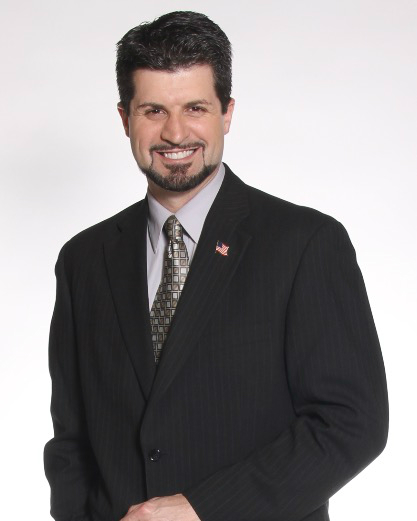
-- Shaun Sipma
I feel the top priority of the city is flood control. 2011 demonstrated how critical it is to protect our city from flood waters and what the consequences are when that effort fails. Local cost share of funding will have to come through sales tax dollars and the current breakdown of allocations will have to be restructured to get more than the current ½ penny towards flood control. We also must continue to lobby the Federal Government for cost sharing as no current federal dollars are dedicated to any future phases in the project. I would also propose to approach the county for an additional ½ penny of sales tax to more adequately fund the local cost share as the project is a basin wide flood control project with the city of Minot paying the lion share. The enhanced flood protection project will not only better protect life and property but will also help with the economics in the valley as Flood Insurance rates will, over time, take a toll on property values and reduce disposable incomes for families living in the valley.

-- Stephan Podrygula
Flood control has to be the top priority.
The city can’t prosper and grow under the threat of another big flood, in terms of the disruption of people’s lives and the economic, social, and psychological damage that could result. We’re living on borrowed time, and need to move more quickly.
To pay for the local share of this, we need to:
- Allocate a full cent of the city sales tax toward flood protection; after all, dikes and flood walls are clearly the most important “community facility”.
- Once the Ward County half cent sales tax completes paying for the jail/courthouse, work to transfer this for flood protection.
- Since this is clearly a basin-wide problem, it should receive basin-wide (reliable and consistent) funding, from the four counties that are affected.
- Consider other funding mechanisms (e.g., special assessment districts).

-- Edward Montez
While as most citizens already know that flood protection is a must, but it seems a little too obvious. If we devote an entire one cent that money is going to be drawn from something else and brings up a bigger issue of city spending and financing. I don’t want to be misinterpreted. I do believe that spending an entire penny of sales tax towards flood is a good idea. We are currently over budgeted so far and without correction will become much worse. If we can reduce and cut back unnecessary spending and refocus those funds into flood protection along with requesting more funding from state and federal sources in the future, should alleviate the burden.
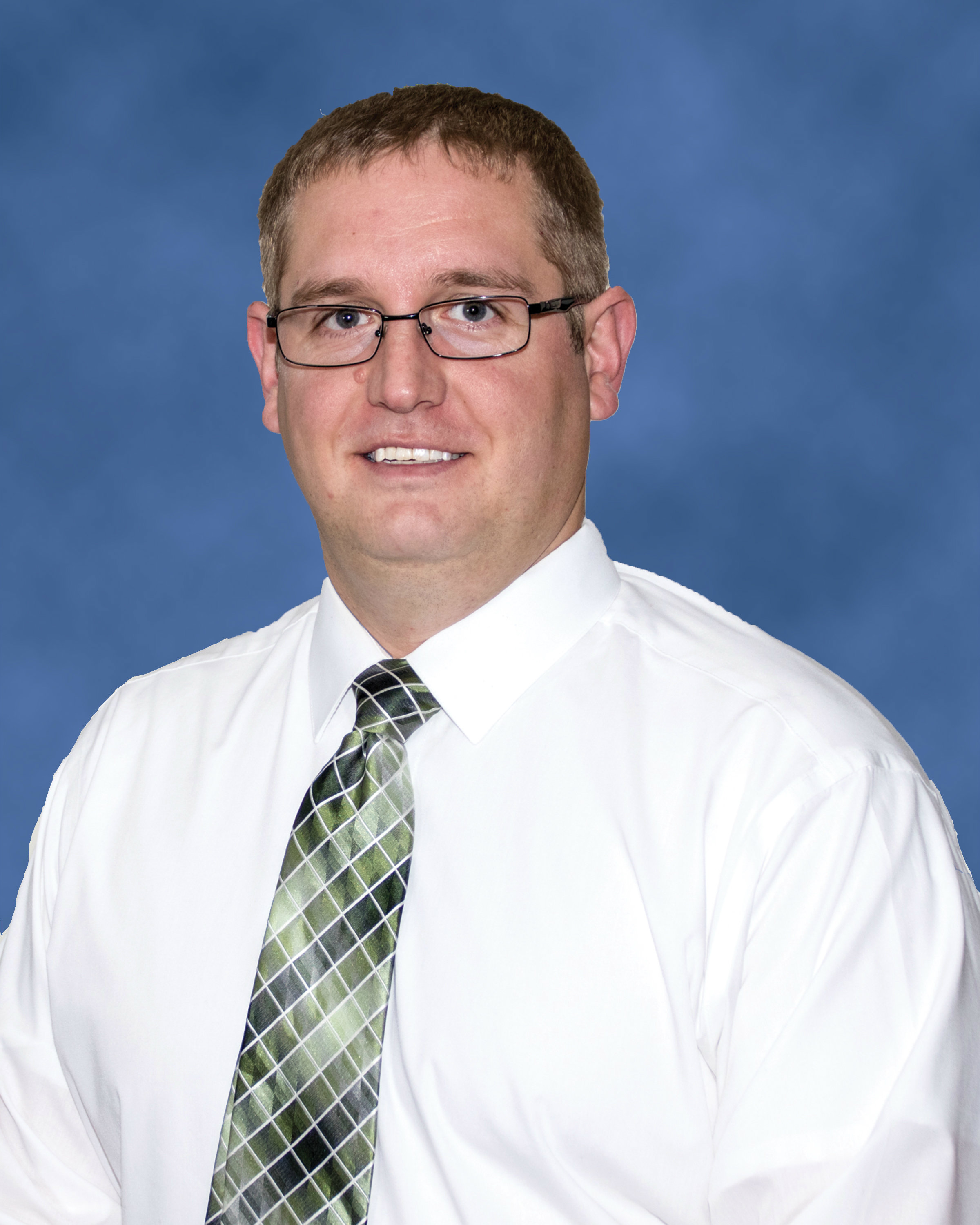
-- Kenton Kossan
In my time with the Minot City Council, infrastructure has been a topic that I often hear citizens concerned about. This year will be a unique year in the city with many infrastructure projects already ramping up. Many of these projects have federal and state dollars doing much of the heavy lifting, and the city has done a great job working with the state and federal government to get improvements underway. Flood control, the Broadway bridge, and US 83 Bypass widening are just a couple of examples. It will be crucial for the city to continue to solicit financial assistance from the state and federal government to assist us with large projects in the future. We as citizens will also need to do our part in making improvements happen. City Staff and elected officials will need to prioritize what projects will be most beneficial, and we can’t do that without the input of the citizens of Minot. This input assists the city with prioritizing the needs and making local tax dollars work as hard as possible in areas that need it the most.
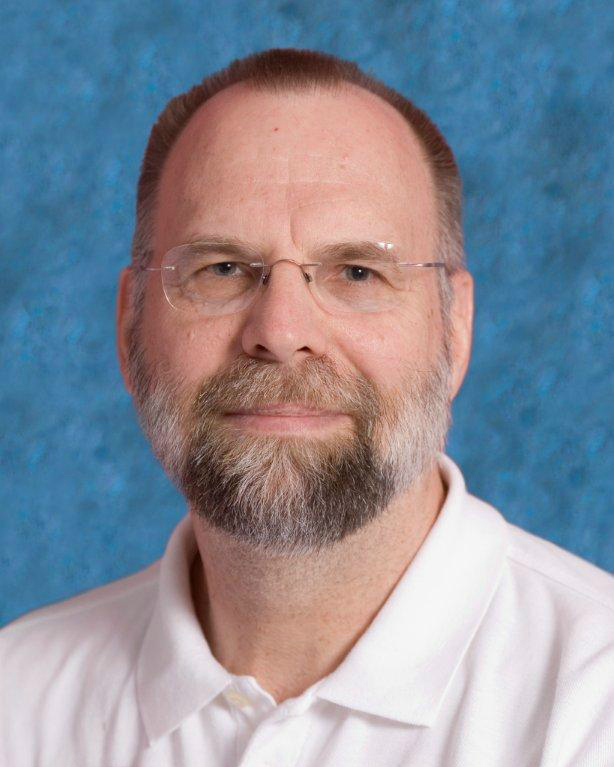
-- Mark Jantzer
The top initiative after sufficiently funding essential city services should be flood protection for the valley. Sufficient funding is challenging. Sales tax, even a full penny, dedicated to flood protection along with borrowing is a good start on the local share, but federal participation is needed. Additionally, the affected counties need to use their taxing capacity to contribute in a meaningful way. Other communities, e.g. Grand Forks and Fargo have used a special assessment to either fund or provide backing for bonding. We need a partner in the Federal Government, through a US Army Corps of Engineers project start, since both State of North Dakota and local funds are limited. With the local share at 35% in the state-funded Phases 1-4, it is imperative that we get federal support for future phases, and are given credit in the cost/benefit analysis for what has already been done. A USACE study underway now should lead to a project start. As we go forward with construction and further design, we need to look for ways to reduce the overall cost, making the overall project more achievable.
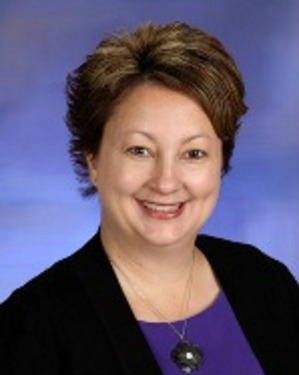
-- Lisa Olson
Ms. Olson did not participate in this question and answer forum.

-- Shannon Straight
Flood protection and funding it must be top priorities. As we in East-Minot wait, I asked Mayor Barney to form the Sales-Tax Ad-Hoc Committee to consider how a larger percentage could be allocated. Minot will bond and needs Ward County, Minot School District and Minot Park District to support this priority. The Liaison Committee of these entities has begun a conversation. One where Ward County, who’s tax for jail expansion will sunset in 2021 could ask voters to pass a package to additionally fund both flood protection and NAWS? In the meantime, Minot must find a larger percentage of a penny and all sales tax funding buckets need to be reworked for both flood protection and to foster economic growth. I frequently hear ‘eliminate the MAGIC Fund’ or ‘community facilities,’ but don’t cut my ‘property taxes’. The City of Minot needs a vision for sustained economic growth and to fund the capital campaigns to leverage funds for future growth? Minot without flood protection jeopardizes all of it. My limited time remaining on council will be spent advocating for our future that includes both flood protection and sales tax reform that pays for our priorities.
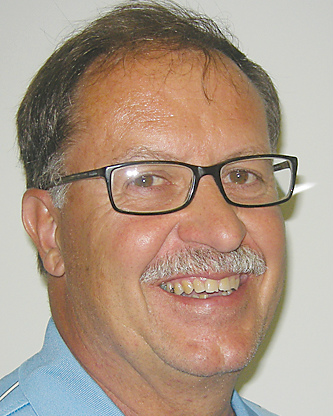
-- Dave Shomento
Flood control. We cannot have 2011 ever happen again. It has taken us five years to develop engineering plans. Now we have to implement them. To pay for the local share we are going to have to sell bonds which means we have to borrow money. To pay for these borrowings I think we will have to reallocate the city’s portion of the sales tax. People smarter than me say that won’t be enough. Therefore, when these same people can demonstrate to me how much more we will need I think we should raise our sales tax. This will spread this burden over the largest base.
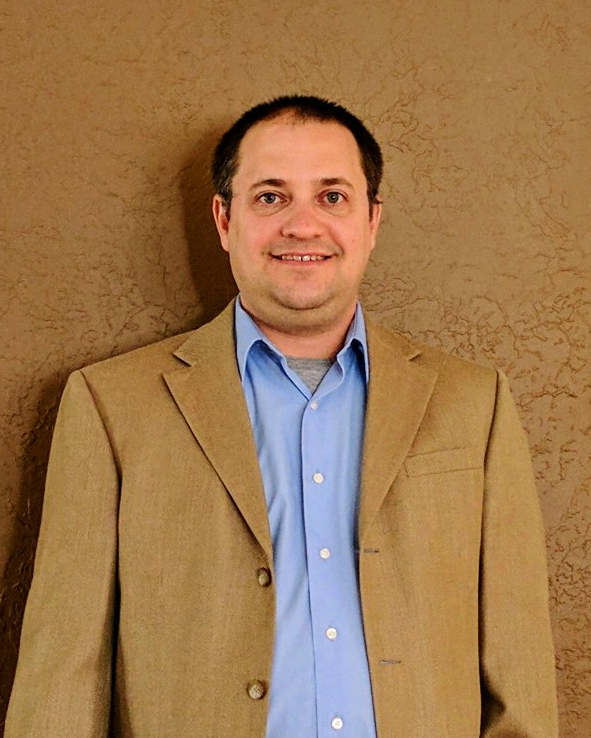
-- Josh Wolsky
Actually, there’s one item I believe is a higher priority than flood protection, but I’ll play along :). Paying for flood protection has to come from sales tax, and we’re going to have to bond.
If we put a full penny of sales tax toward our $350 million share and create a local economy that’s open for business, we can pay for it. But there are few things we can do to improve the likelihood of success.
First, we need to create a special assessment district as a backup for the bonds. We’ll still use sales tax dollars to finance the project, but using the special assessment district as security will give us better terms. Most importantly, the method lets us extend the debt term to 30 years. It’s the same plan Fargo came up with, and it’s a good one. We don’t need to reinvent the wheel.
Second, it would be better if we implemented that sales tax countywide. That would more equitably distribute our tax burden and benefits. Plus, it would incentivize business investment in the city and county equally; that’s important! But, to sell a countywide tax, we’ll need to build a team of elected officials and go out to the rural parts of the county with a humble, hat-in-hand, attitude.
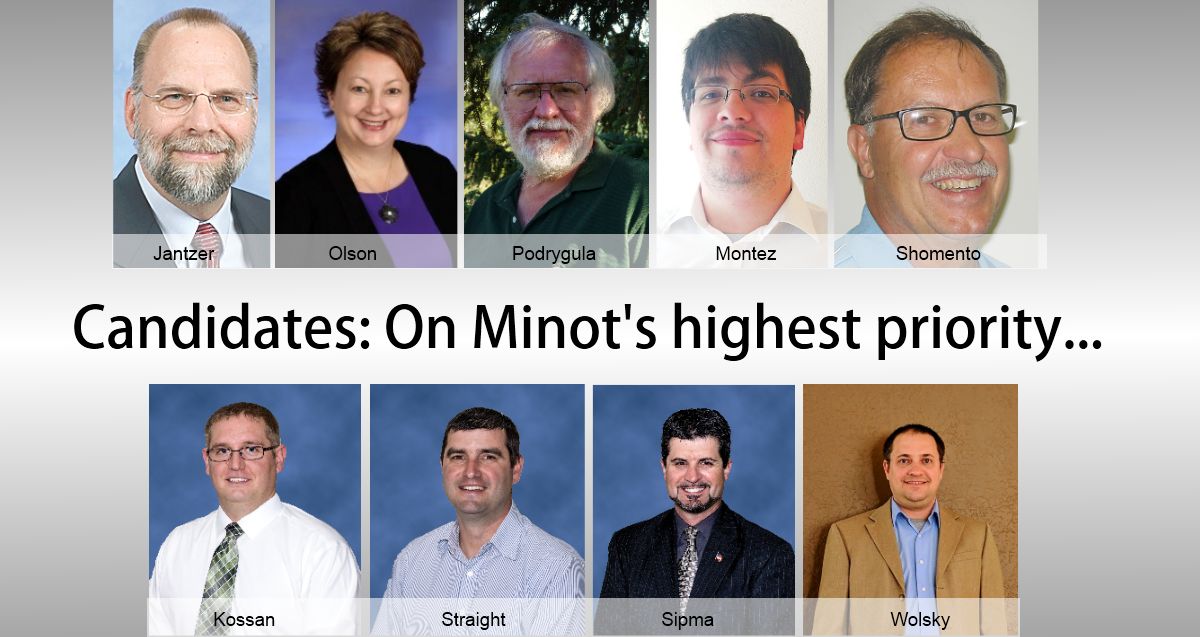


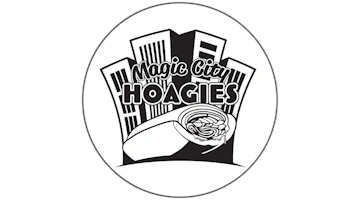
I mean you’re talking about people who are struggling to make ends meet already because of loans that they were forced to take out to fix their homes. On top of that, they’re going to be getting hit pretty hard with the new flood insurance rates. Where are they supposed to get extra money to pay an assessment on their homes for flood control? An assessment would kill real estate in the valley, and make the valley a ghost town. But then I guess if everyone who lives in the valley is driven out, there won’t be a need for flood control. Those who suggested an assessment, clearly don’t live in the valley.
Hi Pamela!
We can’t guarantee each candidate will reply to you, but if you want a response, it will help to specify a candidate. We’ll try and connect people up with responses. And don’t be afraid to be over-the-top polite! Online discourse — especially on political issues — has devolved into little more than shouting at each other. Here on The Minot Voice, we’re attempting to raise the standard of the conversation.
Hi Pamela,
I did suggest that we need a special assessment district and I stand by that. But I think you’ve misunderstood my position and made some assumptions about what that assessment district would look like.
First, here’s the quote from my response…
“First, we need to create a special assessment district as a backup for the bonds. We’ll still use sales tax dollars to finance the project, but using the special assessment district as security will give us better terms. Most importantly, the method lets us extend the debt term to 30 years.”
So, the funding mechanism isn’t the special assessment, it’s still sales tax. However, if we secure the bonds (the debt we have to incur) with a special assessment district, we’ll probably get a slightly better interest rate and longer term. It makes the project more financially feasible — $350 million has to come from somewhere, right?
That said, I don’t know exactly what the special assessment district looks like, but I don’t imagine it would be exclusively restricted to the valley. Everyone — including those on the hills will receive differing degrees of benefit from a completed flood protection project and a safe, secure community. What it does look like — if that’s the path that those elected this June choose — is another conversation. But as I see things today, this is the method that gives us the best chance of actually completing the project under terms we can actually afford.
By the way, I am asking everyone I know if they have $350 million under the mattress. No luck so far, but I’m going to keep asking. 🙂
Thanks for reading!
Josh Wolsky